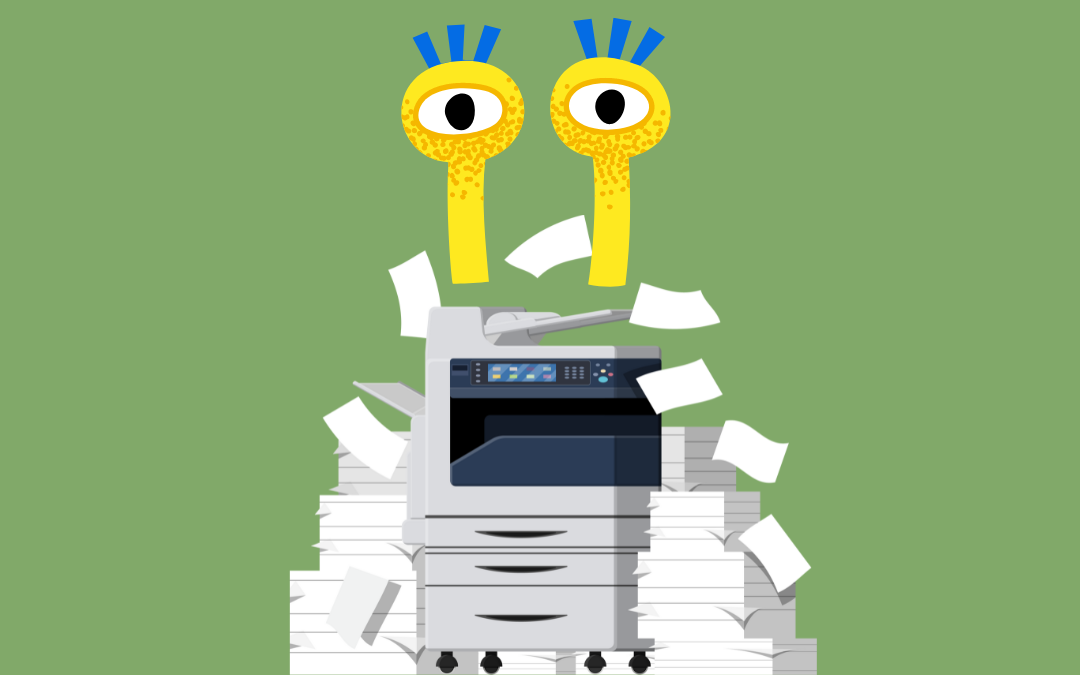Did you know you can now get your official Italian certificates in a digital format? Here’s how it works and what you need to know.
As a specialized lawyer in the Italian administration, I have successfully filed at least 5,000 applications with digital certificates over the years. Here I want to help you master your rights with the Italian offices and never lose any more time and money to get your papers.
Moreover, here I want to share with you my best expert tips to deal with the monster of Italian bureaucracy. You can learn to face the Italian Consulates and all other offices with your chin up. Next time WOW the offices and never let them crush your rights!
Digital Copies vs. Digital Certificates
First, it’s important to understand the difference between digital copies and digital certificates. You can’t simply scan an Italian birth or marriage certificate and present it as an image, photo, or even a PDF to an Italian Consulate, municipality, or employer. These are considered digital copies of paper certificates and are not accepted in place of the original paper documents.
Accepted Digital Certificates
However, certificates in a digital format are accepted and are considered as original as paper certificates. You can obtain these digital certificates directly from the Italian Ministry of the Interior’s website:
https://www.anagrafenazionale.interno.it/servizi-al-cittadino/
To access these, you’ll need an Italian digital ID, such as SPID, CIE, CNS, or eIDAS.
Types of Italian Digital IDs
- SPID (Public Digital Identity System): A secure and convenient way to access online services of public administrations in Italy.
- CIE (Electronic Identity Card): A smart card with unique numeric codes that verify your identity online.
- CNS (National Service Card): A card that provides access to online services of the public administration.
- eIDAS (Electronic Identification Authentication and Trust Services): A European regulation that allows citizens to use their national electronic identification schemes (eID) across borders.
Getting Digital Certificates Without a Digital ID
If you don’t have a digital ID but do have a certified email (PEC), you can still obtain digital certificates. PEC stands for Posta Elettronica Certificata, and it’s an email system that provides legal proof of sending and receiving communications. You can request these certificates from the municipality in formats like .p7m, .p7b, or even .pdf. Personally, I find requesting the .pdf format more practical.
How to Get a PEC
- Request a Tax Code (Codice Fiscale): Visit your local Italian Consulate to obtain this.
- Choose a PEC Provider: Sign up for a PEC service from providers like Aruba, Poste Italiane, Infocert, Namirial, etc. It’s inexpensive and effective.
How to Request Digital Certificates via PEC
- Send a Request: Use your PEC to email the municipality.
- Attach the Cover Letter: The municipality will send the digital certificate along with a cover letter.
- Use the .pdf Format: Attach the certificate and the cover letter from the municipality’s email.
This method has always been accepted by all offices and even the Tribunals in Italy. It’s a convenient way to manage your official documents digitally, saving time and hassle.
Self-Certifications (Autocertificazioni)
Another option for simplifying the bureaucratic process in Italy is the use of Autocertificazioni (self-certifications). These are declarations that allow Italian or EU citizens to state certain facts without needing original documents, as long as the data is registered within the Italian administration.
You’re welcome to read here my full article: Italian Paperwork Made Easy with Self-Certifications
However, if you are not an Italian or EU citizen, this option is not available to you. Still, using digital certificates and the PEC can greatly simplify your interactions with Italian bureaucracy.
Conclusion
If you have never lived in Italy and don’t have an Italian digital ID, you can still easily access digital certificates by obtaining a PEC. Start by requesting a tax code (Codice Fiscale) at your local Italian Consulate, then sign up for a PEC service with an official provider. This approach is both inexpensive and effective, allowing you to get your official documents digitally with ease.
So, next time you need an Italian certificate, consider going digital! It’s efficient, practical, and just as valid as the traditional paper format.
Don’t settle for less than your rights based in the law. Know what you can expect and demand that the Italian offices respect their obligations. Learn your rights and stay updated to the last developments in the law.
You are welcome to subscribe here and receive my news on your rights for all matters regarding Italy.

